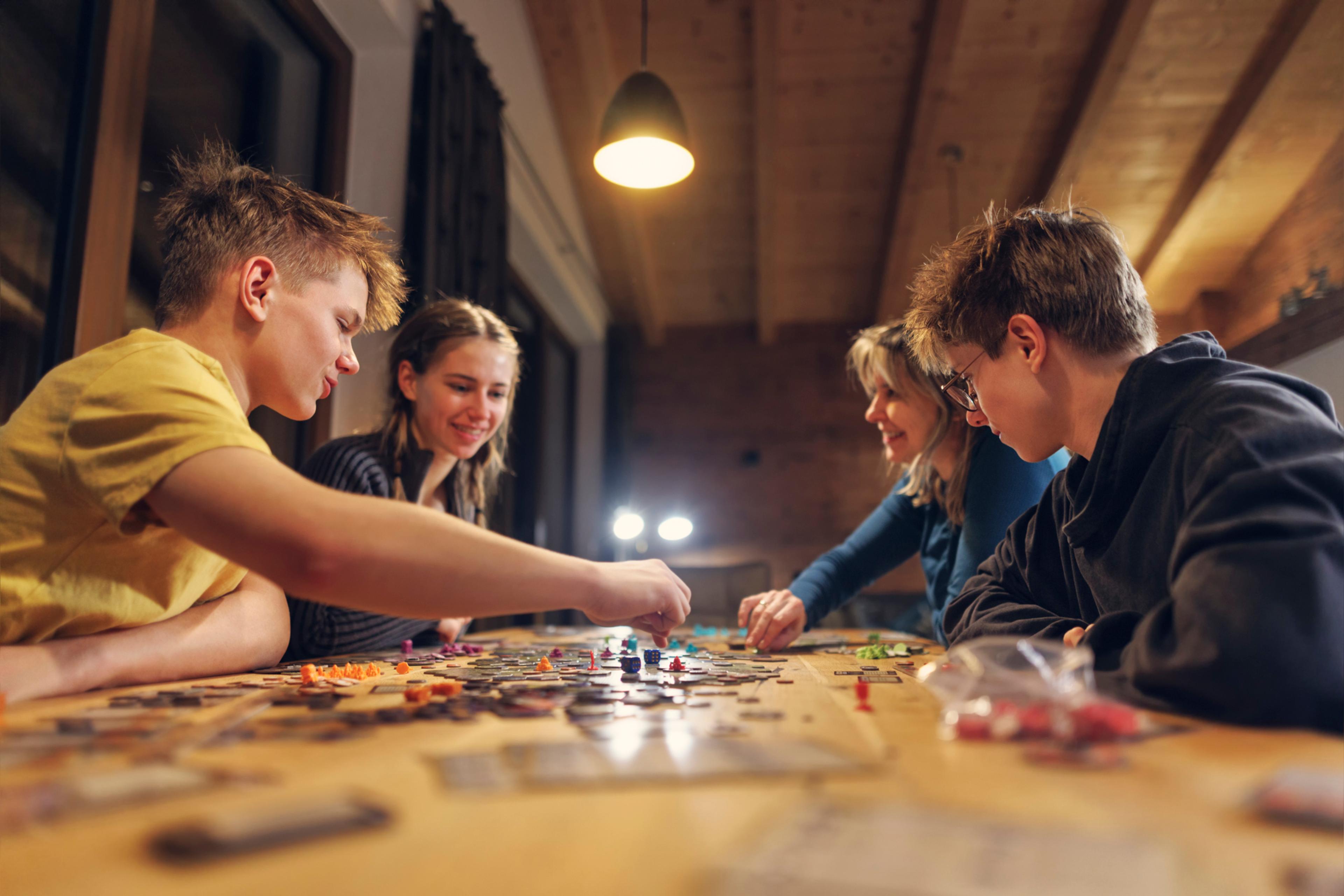Sleep Cycles: What Really Happens When You Sleep

Jillian Berndtson
| 3 min read

Humans spend about a third of their lives asleep, but do you know what happens to your body while you’re asleep?
When you close your eyes and drift off, your body cycles through REM (rapid eye movement) and non-REM sleep cycles. REM sleep is also known as “active sleep”. That’s when we have dreams. Non-REM sleep is quiet and restful. When you fall asleep, the first four stages are non-REM cycles, followed by one REM cycle.
- Stage one is a very light sleep, so light that you may not realize you were actually sleeping. During this time, the brain starts producing slow brain waves to put you to rest. It is very easy to wake you up in stage one. This stage typically lasts between five and 10 minutes.
- Stage two is when our brain produces sleep spindles, or rapid brain activity. Body temperature and heart rate will drop while breathing begins to regulate. Stage two is generally 20 minutes.
- In stages three and four, our bodies tune out our surroundings. This helps us transition from being awake to a deeper sleep. During these stages, our muscles relax, blood pressure drops and breathing rate decreases. It is sometimes referred to as delta sleep and is our deepest stage of sleep. It usually lasts for 30 minutes.
- The final stage is REM sleep. During this time, our breathing rate picks back up as does our brain activity. At the same time, our muscles become more relaxed, as shown by our lack of movement associated with our dreams. REM sleep will likely only be for a short period of time during the first cycle, but will last longer each cycle after. As you age, you tend to spend less time in REM sleep and more time in lighter sleep stages.
While this is the sleep cycle, the steps do not occur in this order. When you’re sleeping, your body enters stage one first, followed by stages two, three and four. After cycling through the first four stages of the sleep cycle, you will repeat stages two and three and then enter REM sleep. Each sleep cycle usually lasts for 90 minutes and will repeat about four or five times during the night.
During the non-REM stages of the sleep cycle, the body repairs its tissue, strengthens the immune system and builds strong bones. It also helps you build energy for the next day. During the REM stages, your brain organizes memories from the day before and moves them into your long-term memory. That is why REM stages of sleep are crucial for your learning and memory.
You may also enjoy:
Photo credit: Pexels





